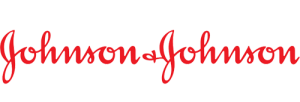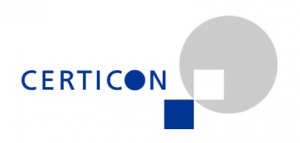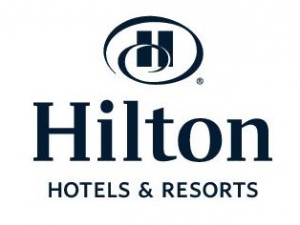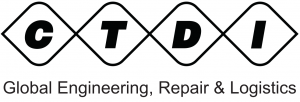Interview with Ondřej Beránek, Senior Project
2012-08-29
In autumn, the current grant period will end and investment incentives will become the only subvention source until 2014 when a new grant period 2014+ starts. Furthermore, the Act on investment incentives has been amended a few months ago.
1. Could you summarize what are the most important changes in the recent Amendment to the Act on Investments Incentives? Are they more attractive now?
The most important change is probably prolonging of the tax discount period from five to ten years and possibility to support strategic and technological centers. These centers are very welcomed because their employees are usually well paid, i. e. above average level of country wages, and get various additional profits as e. g. multinational surrounding, career opportunities, using of training programmes.
2. What kind of companies could draw the investment incentives?
From the general point of view the Investment incentives are divided into 3 categories – incentives for manufacturing industry, for technological centers (R&D centers with strong connection to the industrial production developing high-tech products and technologies) and for business support services centers, which provide high-cost services for the entities in frame of the group or for another companies based on outsourcing. This category includes three groups of businesses:
- Shared Services Centres
Concentrating of company subsidiaries´ back-office activities such as finance, accounting, marketing, HR and IT in one centre, outsourcing of those services for multinational companies.
- Software development centers
Development of new software solutions, especially for foreign clients.
- High-Tech Repair Centres
Computer repair; electrical machines and devices repair; e.g. radio sets, TV sets and connecting equipment and devices; health care devices; precision, optical and time-measuring devices; aircraft repair.
3. Which companies could benefit the most from the new regulation?
The new regulation improve the conditions for all kind of investors in case that they fulfill the main qualification criterias which remain almost same. As a new type of support is usually described the subsidy for technological and business support services centers. These enterprises could be supported already in past from so-called Framework programme for SC/TC and also from EU structural funds programmes.
4. Could you just briefly list the forms of incentives and the principal conditions for obtaining them?
At the moment the investment incentives consist from these forms of support:
- Corporate income-tax relief
- Job-creation grants (only in the economical poor regions)
- Training and retraining grants (only in the economical poor regions)
- Transfer of land owned by the Czech state at a discount
The main condition for the manufacturing industry sector is a minimal level of the investment which is CZK 100 million, in economical poor regions than just CZK 50 million.
In case of the technological and business support services centers the situation seems to be more complicated, because every investor has to guarantee also a minimal level of newly created jobs.
- Minimum investment: CZK 10 million (only for technological centres)
- Minimum amount of newly created job positions:
• Software development centers, ICT expert and solution centers: 40
• Technological centers: 40
• High-tech repair centers, Shared services centers: 100
5. Could you specify the main differences between Structural Funds and investment incentives?
Projects supported from EU structural fund get a subsidy in the form of direct financial grant for purchased eligible items, companies with the projects in frame of investment incentives can use a reduction of its corporate tax for a period of 10 years. Because of this the companies using EU financial support have to follow the public tender rules, which are quite complicated and also usually slow down a buying process. They also have to compete with other projects to get a subsidy which is different comparing to the investment incentives where the support is guaranteed after completion of the investment.
6. Could you advise us, what should companies do to reach this subvention source? What are the biggest pitfalls?
The project needs mainly a broad support in the applicant, cooperation with advisors is also almost necessary. The applicant should not underestimate a communication with a subsidy provider even though this is in some programmes a hard job. A success in realization phase of the project is determined by various factors, anyway a good communication and proper adjustment of the processes are the most important ones.
7. Can you tell us some specifics about the new grant period starting in 2014? What types of grants will be announced, what amount of money will be distributed etc.?
Czech Republic undertakes measures to follow the preparation schedule for the next period 2014+. Ministry of the Regional Development submitted on 6th 2012 to the Czech government document with the proposal of the Operational Pragrammes in the next period. These Operational Programmes will cover following thematic areas:
- Labour market and eduction
- Functional research and innovation system
- Competitiveness companies
- Mobility, accessibility, network, energy
- Effective governance and institutions
- Integrated development of the regions
- Poverty, social inclucison and health
You could get to know more information about the new grand period on conference EU grants for enterprises 2014+, which will be held on 4th October in Clarion Congress Hotel Prague. For more information see www.enforum.cz







